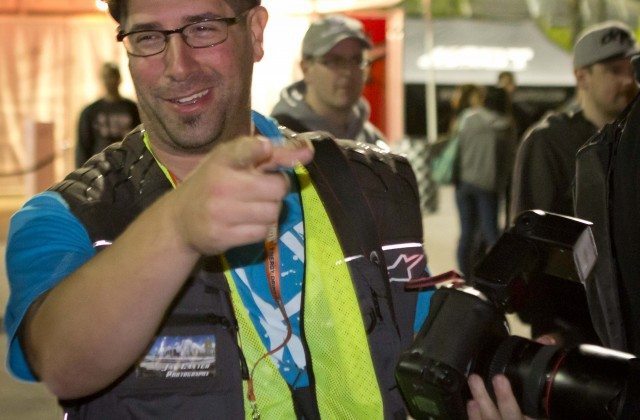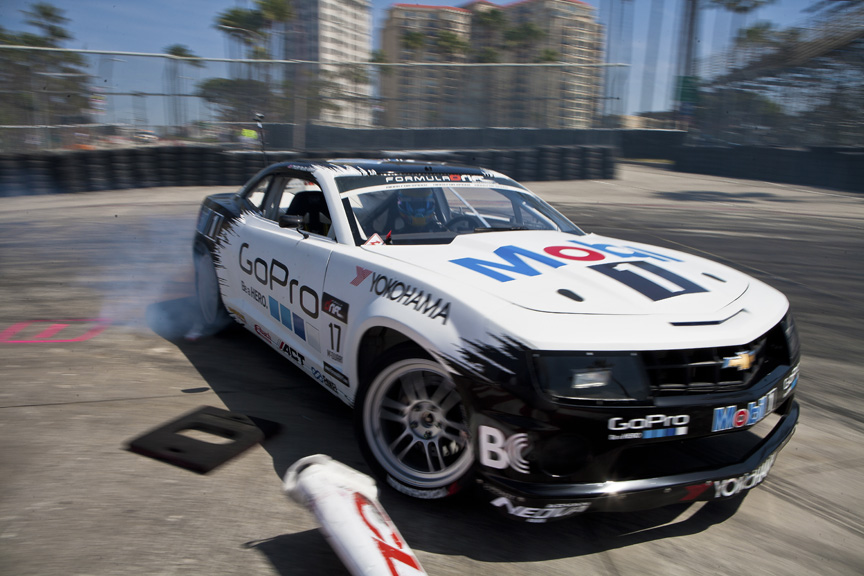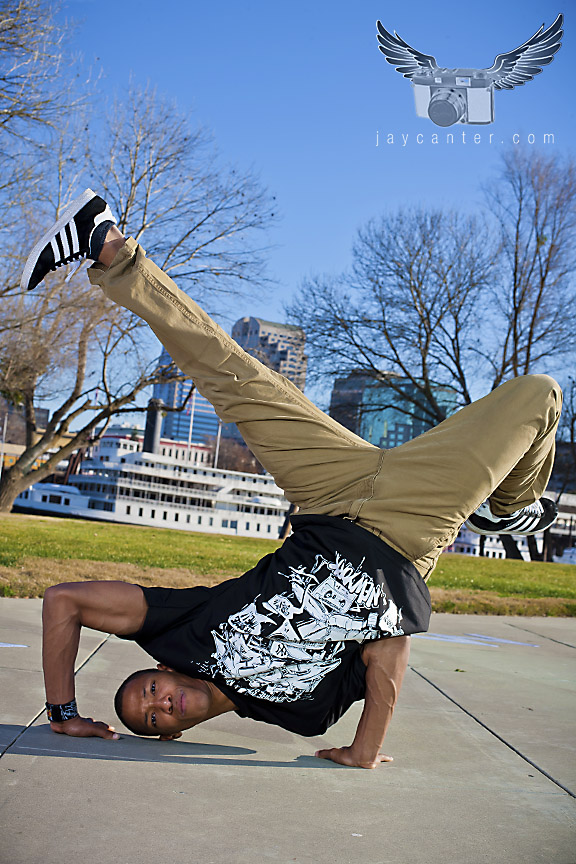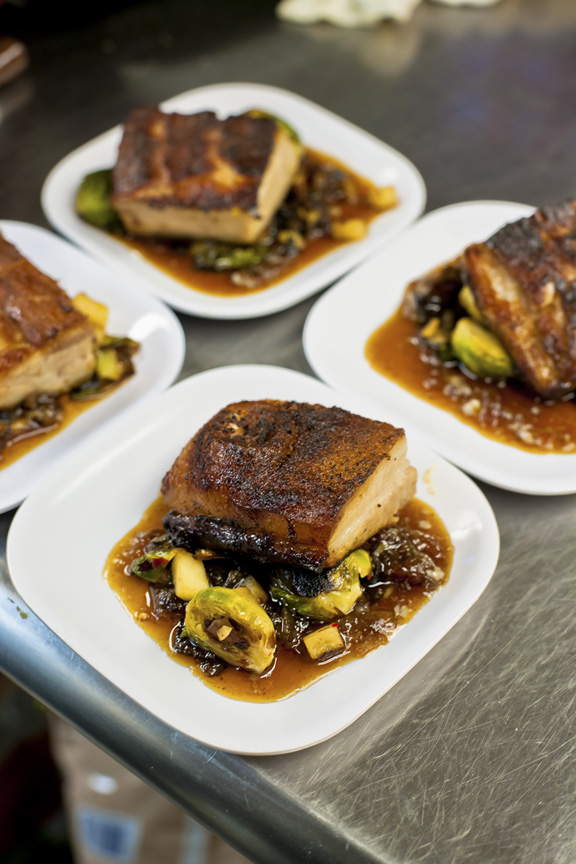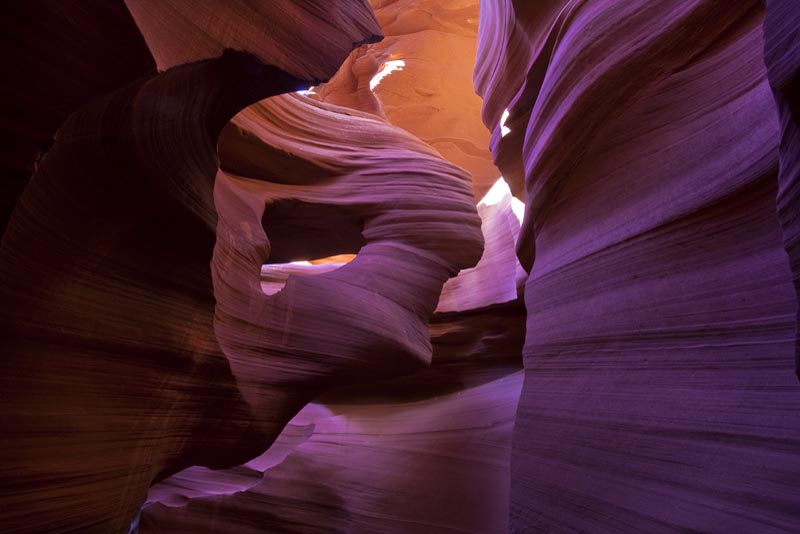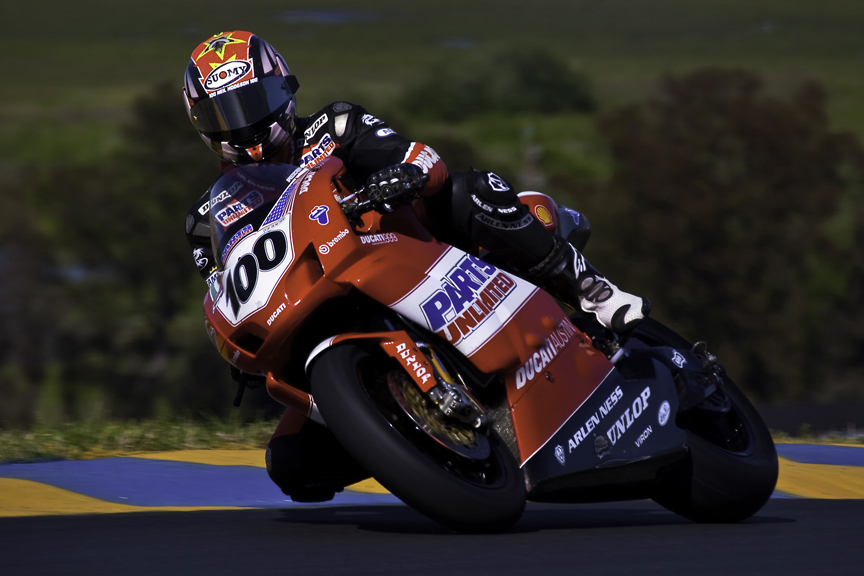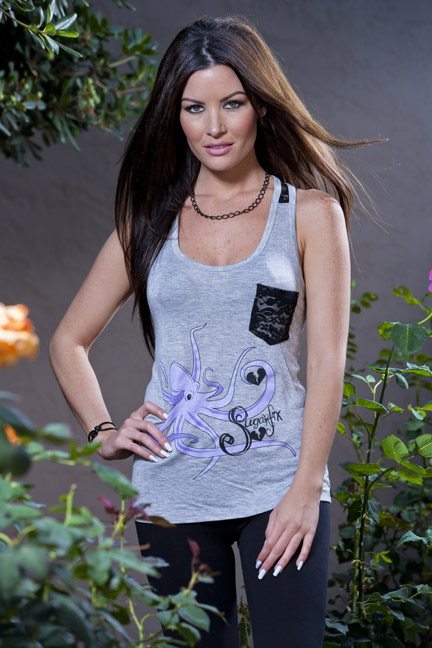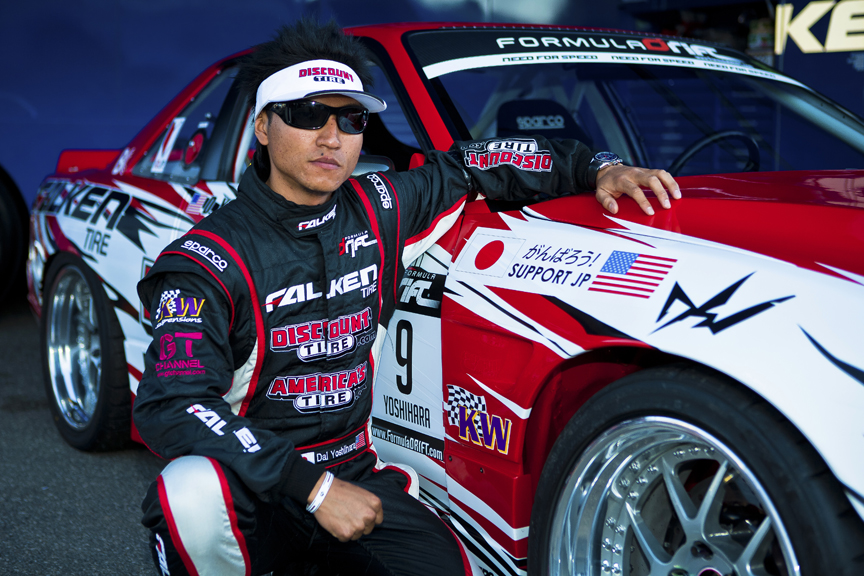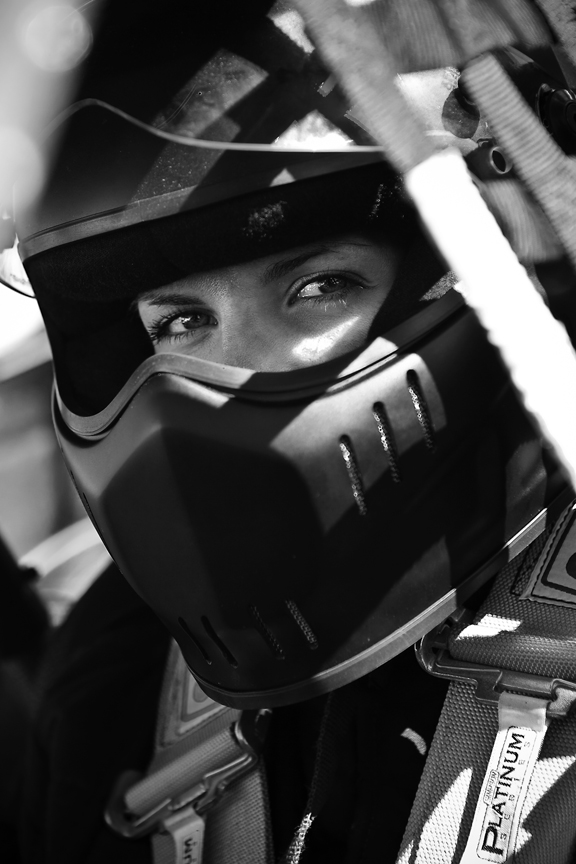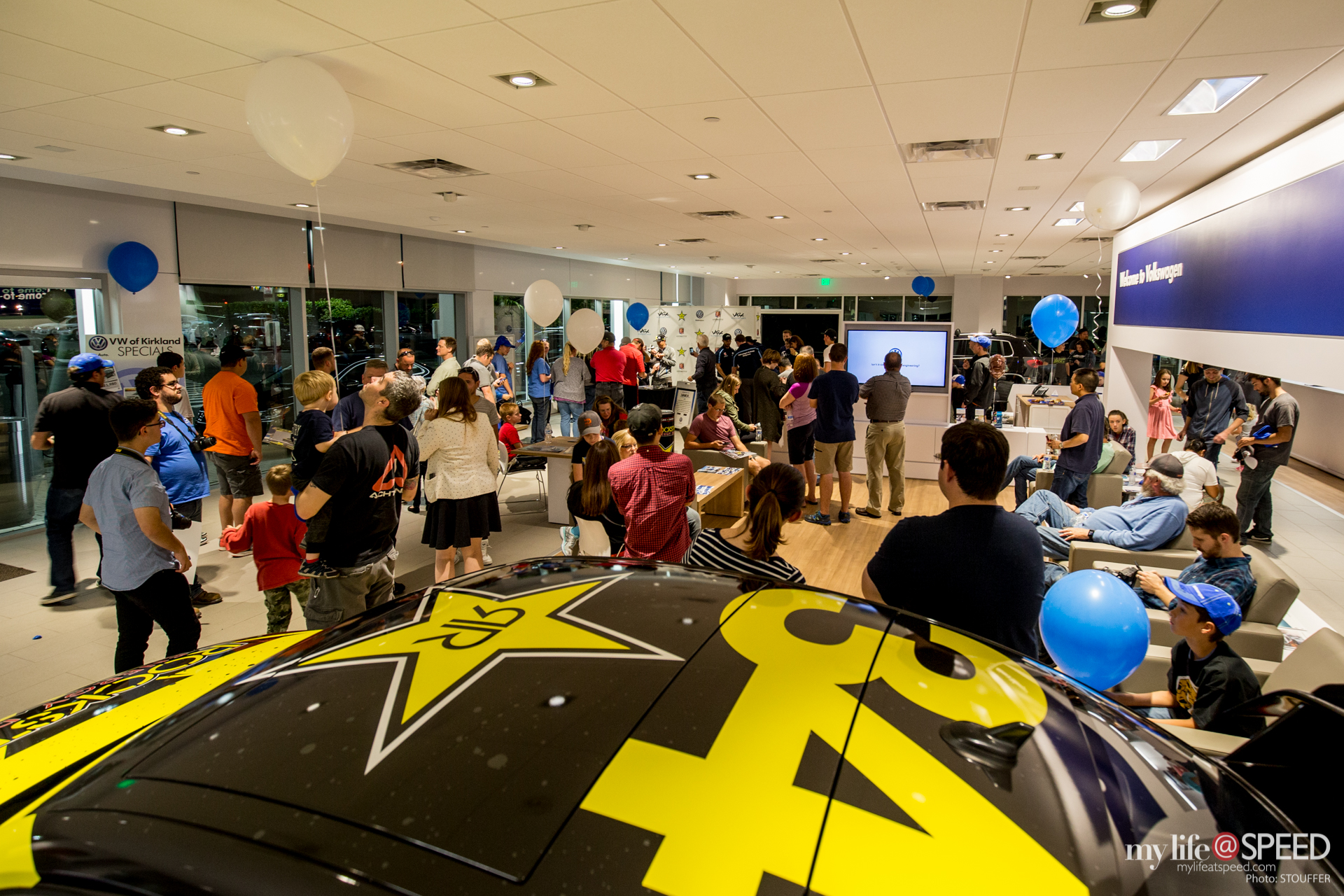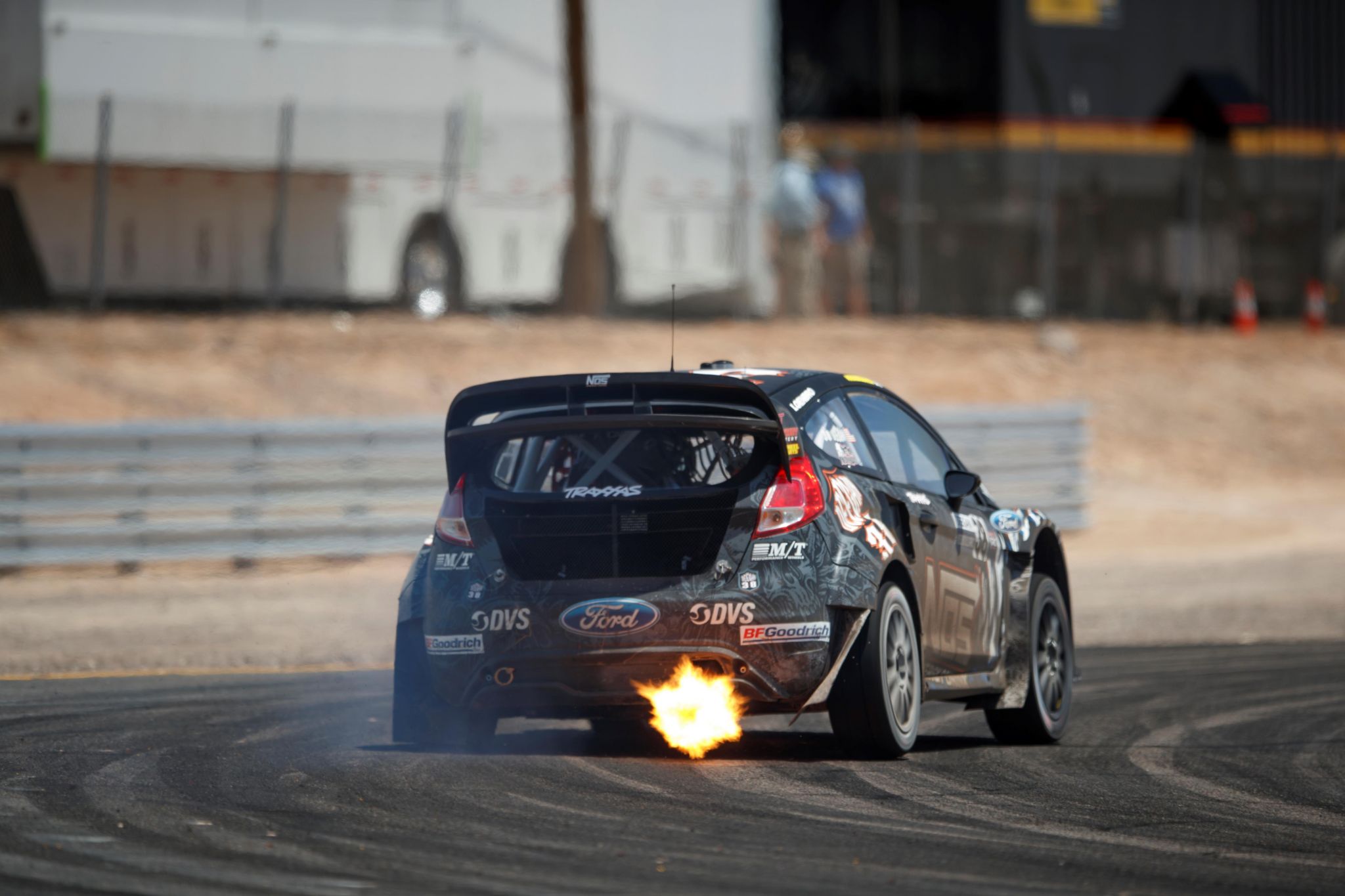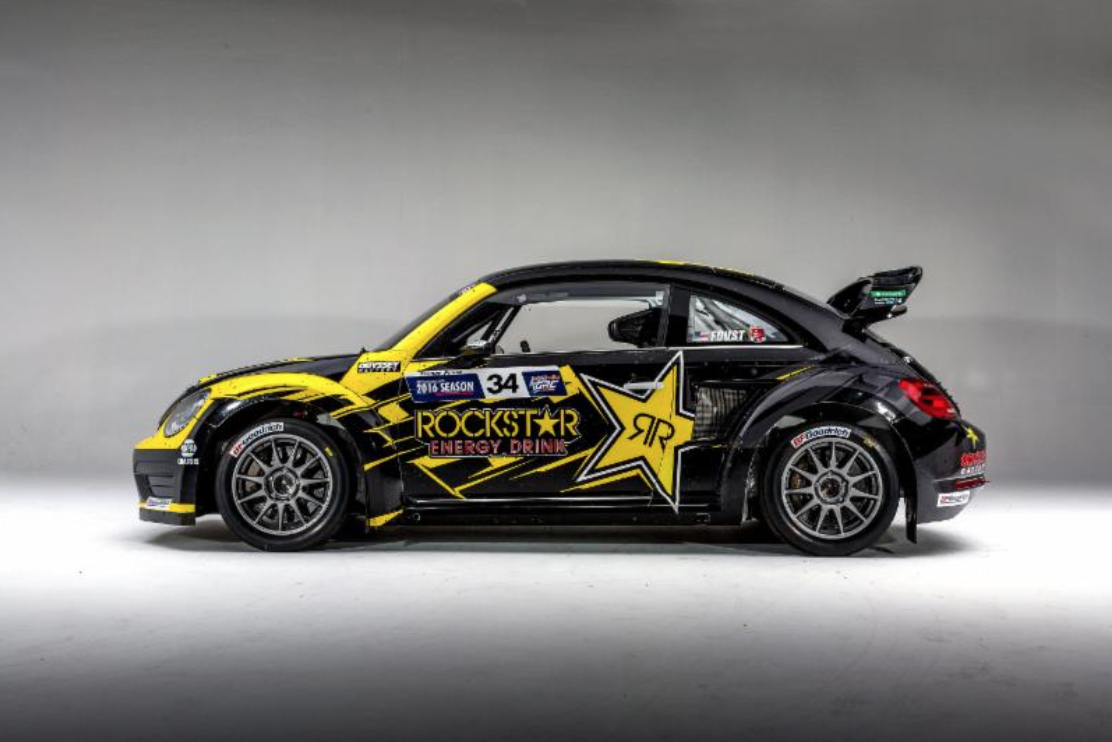Jay Canter is a no-apologies, straight shooter who has absolutely no problem telling you exactly what’s on his mind. And if you find that offensive, too bad for you. There aren’t too many folks I’ve met that are lukewarm on Jay. You either love his outspoken, tell it like it is approach, or you hate it. Personally, I love it. I’ve never been much of a fan of people who dance around whatever the subject du jour might be. And Jay definitely doesn’t. He’s a pro’s-pro and has been shooting professionally since well before digital took hold; which gives him a background deeply rooted in the technical aspects of film photography. It’s a clinic in commercial/artistic photography, so pay attention, and take notes if you must. Also, be sure to visit and get lost for a while at Jays website: www.jaycanter.com. If you love great photography, it’s an amazing place to spend your time.
You’ll notice that I ask the same questions for most of the photographers and videographers we feature in this series. Much like the Proust Questionnaire asked by James Lipton on “Inside the Actors Studio”, I find it interesting to see how different each of these talented folks answer the same questions. I may go off on a tangent here and there, but typically, they’ll follow the same format. Here’s my interview with Professional Photographer, Jay Canter.
All photos shot by and used with permission of Jay Canter
ML@S: Tell us about your influences. Is there anyone in particular that you refer back to for inspiration or guidance?
Jay: I see plenty of photographers — some good, some bad — that keep me going out to improve the way I see the world. There are a few photographers I have looked at for the way they run their business, just as much as their artwork. Not really anyone in the auto industry, however, as there is so much that is over edited, and less and less of them are true photographers. In the fine art world the two I look to the most would be Peter Lik and Rodney Lough, Jr.
ML@S: Describe your shooting style.
Jay: My shooting style is pretty straight forward. I go into everything I’m shooting with the mindset of a commercial photographer. Companies want to see their logos on cars for advertisements, more than they want to see a super wide shot where you cant tell whats going on. When I shoot weddings I typically shoot photo-journalistic style so as to be as unobtrusive as possible. It helps create the real feeling and emotions of the people.
With my fine art its usually all over the place. I try to get shots that convey the feeling I had while being out in the wilderness. My hope is that those who view my artwork can look at a particular image and get the feeling that they were there, in person, to witness the world how it was before all this technology and reliance on electronics. I always think about the natives and how lucky they all were for getting to see countless sunsets and sunrises hundreds of years ago.
ML@S: How did you get started as a photographer?
Jay: I have always been a hands on person. My family vacations were always someplace educational, such as the Smithsonian in Washington D.C. Apparently going under ropes and touching things like dinosaur bones is looked down on at places like the Smithsonian. To keep my hands busy, at around age 6, my parents turned me into the family photographer. That was really my first nibble on the art of photography. And it has never left my soul.
I got heavily into playing with cars around the age of 14 or 15. Started driving cars and helping build race cars, and I always had a camera with me. So if I wasn’t driving a car, I was shooting them. Eventually some magazine editors started to see me at all kinds of events and at barely seventeen years of age I was given opportunities to work for different magazines. More than seventeen years later, I am still at it.
ML@S: What would be your favorite events or series to cover and what keeps you coming back?
Jay: Well that’s sort of a loaded question. I love most ALL motorsport!!! Minus a**car, which I have had more non-good times than good times covering. I love series like ALMS and AMA. Motorcycles are wild when you see and hear them going around a track and a rider dragging a knee at intense speeds. ALMS has just, straight up, always been awesome as I love the prototype vehicles. FIA WTCC came to my home track in northern California for the first time in the USA this past year. I have to admit I LOVE that series! Coming from a small touring car passion, then getting to see drivers go mental on track was an absolute joy!! I for sure would love to get a job with a F1 team or Moto GP team.
ML@S: As a professional you’ve been able to travel all over. Talk about some of your favorite places you’ve been for work.
Jay: Everywhere I get to travel to is a favorite place to go! I was one of the people who helped put together the 1st time any of the US drivers went to China, to do a driving exhibition back in 2006. It was a ton of work, and an interesting experience for sure. I would have to say going back and forth to Australia for over 7 years, for sure, would be the favorite place I have been. Hands down the great people, great country — great everything — I have been to for any decent period of time. Scenery wise I have to say the USA still has more places, over all, than anyplace else in the world to shoot. You can go to the southwest and get lost for months without seeing everything.
ML@S: What keeps you motivated?
Jay: My passion for creating amazing artwork. More than anything, the thing that keeps me motivated are all the faux-tographers who don’t use professional equipment, don’t have licenses to conduct business, or really have any business taking work away from full time professionals. For those who know me and know how outspoken I am, that’s the answer most people expect me to give about companies, families…or anyone who hires a non-professional because its cheaper. In all seriousness, though, I have been shooting professionally for more than half my life, and it’s what I live to do. There is still a TON of locations on my bucket list to photograph, a ton of different events I need to photograph, and a ton of clients which I need to shoot for before I can even semi-consider hanging up my cameras. The next great shot that makes me say, “WOW”. That’s what keeps me motivated. Those shots are really few and far between.
ML@S: Tell us about making the transition from film to digital.
Jay: The transition from film to digital was not as bad as most would think. I left film in 2002, once I felt that there was enough interest from clients to start receiving images from me in a digital format, instead of traditional film. As a film shooter and early in the digital realm I shot with Nikon equipment. I was at an event and a Canon rep was there, and told me I should try out one of their digital cameras so I could compare what I was shooting with Nikon to a comparable Canon digital body. The controls, quality, and focusing on the Canon made it an easy choice for me to switch after the weekend of shooting with both companies equipment. It was painful. I had a ton of Nikon professional gear, so selling it and taking that loss was a bit painful. But it was a decision that, once I got up and running with my Canon gear, was easy to get over.
ML@S: What did you find difficult, and what do you enjoy about digital that maybe you weren’t getting from film?
Jay: There was not much that was really difficult. The controls of a film camera and a digital camera are very similar when you are an actual photographer. Meaning aperture, shutter speeds, focal length, filter choices, etc. are really the same thing over all. What was, and still is difficult, is having to learn post production. Photoshop is today’s film. But waaaaaaay more complex. When shooting film, the specifics you want are in the film you choose. So the color saturation, contrast and ISO was all, basically, predetermined by what film you choose. Nowadays, with digital cameras, there is the necessity for Photoshop, or a similar post production program, to do all your saturation, levels and contrast.
I honestly wish there was still a major demand for film over digital. With today’s technology being so affordable the person behind the camera becomes less important than the person behind the computer. That is now where the real magic happens. A majority of these people are not actually photographers. They’re more graphic artists, which is still a viable art form. People can take a sub-par photo and have a talented graphic artist turn it into something amazing. That isn’t how real world photography was. It has just sort of developed into that.
What I do like about digital is the fact that when on a set, location, at a race track, in the wilderness, or where ever it is, it’s much easier to check exposures right then, at that second. It’s sort of the generation now. That instant gratification of seeing an image on the back of the camera.
However, with film, you had to really know what you were doing and had, typically, only 36 exposures per roll to get it right. Not the hundreds, or even thousands of frames, capable with today’s digital media. Film was something that you shot, took to the developer and sometimes had to wait a day or three to get back. And when you did, it was like the holidays every time. It could be the most amazing images or a complete failure. All in all, that was a huge part of the appeal of shooting film. Having to trust your knowledge instead of trusting a computer to fix the image.
Honestly, there really was nothing I wasn’t getting out of film. Depending on what I was shooting, there was always a film to shoot with that would fit that specific shoot. At the end of the day it cost waaaaay more to have film bought and developed so not having those costs now a days for sure is fantastic.
Check out the wide variety of Jay’s fine work below. All photos: copyright Jay Canter Photography. Used with Permission from Jay Canter.
[doptg id=”238″]

